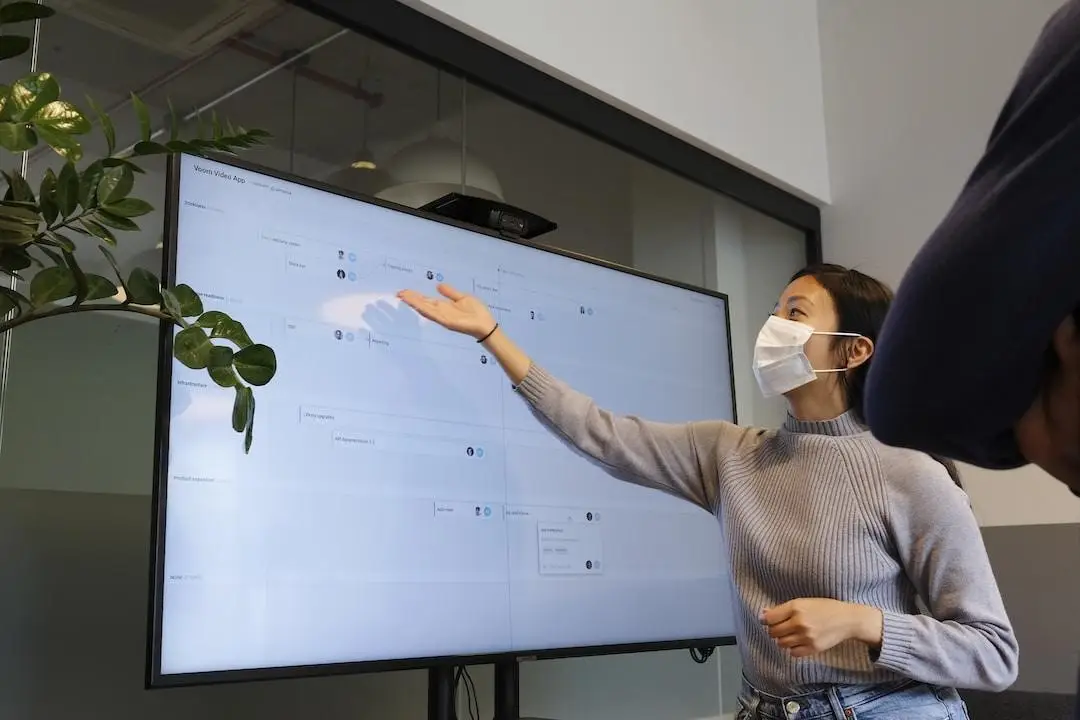In this intensely competitive business world, connecting with your audience is often a challenging task. Delivering a well-designed presentation can pique interest and influence your audience’s decision-making process to your advantage. Hence, mastering the art of designing impactful presentations is a skill every professional must possess. Keep reading to learn about how you can create and deliver effective presentations.
Crafting a Compelling Presentation Design
To captivate your audience’s attention, ensuring an appealing design for your presentation is a priority. The visual aspects of your presentation should complement your content, guide your audience’s focus, and drive home the key messages. Appropriate use of colors, fonts, images, and infographics can create an engaging visual narrative. Maintain consistency in your designs, as a disorganized presentation might compromise its professionalism and distract your audience.
If design is not your forte, consider employing professional help. For instance, Presentations Designing company specializes in creating compelling visual narratives for all types of presentations. Partnering with a presentation and design company can substantially elevate the quality and impact of your presentation. Whether you’re pitching a new idea to clients, presenting at a conference, or delivering a report, their expertise and attention to detail can make a substantial difference in how your message is received.
Tools to Make Your Presentation Stand Out
Various tools and software aid in the creation of engaging presentations. Besides the widely known Microsoft PowerPoint, tools like Prezi, Google Slides, and Keynote offer different features that can add polish and professionalism to your presentation. Explore these tools and select one that fits your unique needs best. Be resourceful in using multimedia elements too. Videos, animations, audio clips, and interactive elements can break the monotony of text-laden presentations and keep the audience engaged.
However, remember to maintain an optimal balance. Overusing these elements might overshadow the main message and make your presentation appear unstructured and overwhelming. Always test your presentation before delivering it to avoid potential technical issues, such as incompatible file formats or dysfunctional links.
Strategies for Delivering an Effective Presentation
Presentation delivery is equally as important as its design. The most incredible design can fall flat if the delivery is not up to par. Start by setting the right tone; your opening words should intrigue your audience and grab their attention. Communicate clearly and conversationally, giving your presentation a human touch. Exuding confidence and excitement about your topic can enhance the immersive experience for your audience.
Use appropriate body language and make eye contact with your audience. These non-verbal cues can demonstrate your passion for the topic and make the presentation feel more personal. Practice is key in this aspect. Conduct mock presentations, record yourself, and review them to identify areas for improvement.
Avoiding Common Mistakes in Presentation Delivery

Many presenters often make the mistake of reading directly from the slides. Your slides should only support your speech, not serve as a script. Furthermore, avoid overloading your slides with text or complex graphs as they could distract your viewers. Instead, opt for a balanced design that complements your speech yet stands strong on its own.
Time management is another challenge. This is true for constructing your presentation itself and for giving it. Spending too long on a particular section might lead to rushing through subsequent sections, which could compromise your audience’s understanding. Aim to conclude your presentation timely and leave some room for questions and discussions.
An unengaging delivery can make your presentation forgettable. Engage your audience, ask thought-provoking questions, and stimulate discussions. While mistakes are unavoidable at times, being mindful of these common pitfalls and learning from them can significantly enhance your presentation skills.
Incorporating Feedback for Presentation Improvement
Feedback is a crucial element in refining your presentation skills. Seek constructive feedback from a diverse audience to learn about different perspectives and potential improvements. While positive feedback is encouraging, criticism can offer valuable insights to eliminate weak points. Conduct self-evaluations too. Reflect on your delivery and identify areas where you excelled or struggled. Such introspection can help in developing new strategies and polishing your skills.
With every feedback, keep an open mind. Implement the necessary changes and practice them for the next presentation. Effective presentations are not made overnight. Learning, practicing, and incorporating feedback are part of a continuous journey towards mastering this essential skill.
As this blog clearly illustrates, creating and delivering effective presentations require a blend of design creativity, communicative clarity, and practical delivery. By crafting compelling designs, using robust presentation tools, adopting effective delivery strategies, avoiding common mistakes, and leveraging constructive feedback, you can make your presentations more influential and engaging throughout your career.
Read more: How To Design Your Website With a Specialized Web Designing Company




